Each spring we welcome the return of abundant flowers and cherish them as they lift our spirits. Unfortunately, some of these beautiful plants have proven to be aggressive and ultimately highly unwanted.
Look out for this one!
One such menace is Lesser celandine (Ranunculus ficaria) which displaces more desirable plants in lawns, gardens, parks, and natural areas. Mowing and tilling control more well-behaved weeds, but only causes lesser celandine to spread further. Entire lawns, parks, and even neighborhoods have been taken over!
¿Qué aspecto tiene?
Para identificar esta planta, busque sus flores amarillas, brillantes y relucientes, que revolotean en tallos de 15 a 20 cm sobre un mar de hojas verdes lustrosas con forma de riñón a corazón. Son, sin duda, muy bonitas. Esta planta sólo florece durante unas pocas semanas a finales del invierno o principios de la primavera y luego sus flores y hojas se marchitan rápidamente.
¿Por qué es tan malo?
During this critical period, it can prevent growth of native and ornamental plants in gardens and natural areas by shading and by secreting growth-suppressing chemicals into the soil. These adaptations allow it to out-compete more desirable plants, reducing diversity and aesthetics in your garden. It does best in damp, disturbed areas, but is competitive in many locations. Lesser celandine is also toxic to most mammals, including humans and livestock.
¿Algún parecido?
Lesser celandine shouldn’t be confused with marsh marigold (Caltha palustris), which is native to other parts of Oregon and has similar flowers but grows taller and less aggressively.
¿Cómo lo controlo?
Para deshacerse de esta mala hierba, le recomendamos que desentierre cuidadosamente estas plantas y las elimine como basura. Asegúrese de no perder de vista sus bulbos en forma de dedo que se separan fácilmente y establecen nuevas plantas. Para grandes infestaciones, los herbicidas con ingredientes activos de glifosato y triclopir son eficaces cuando se aplican poco después de que la planta empiece a florecer.
¡Precaución con los productos químicos!
Es muy importante aplicar el herbicida según las instrucciones de la etiqueta y sólo en los lugares permitidos. Considere la posibilidad de contratar a un aplicador de herbicidas con licencia estatal. También se beneficiará del establecimiento y fomento de vegetación competidora. Más información sobre cómo controlar la celidonia menor.
Jeff Lesh works in the WeedWise Program at the Clackamas Soil and Water Conservation District. Find additional invasive weed information on our WeedWise page.



